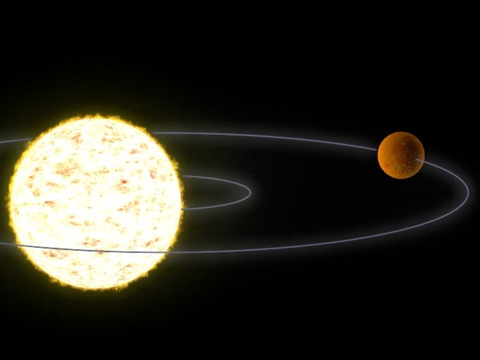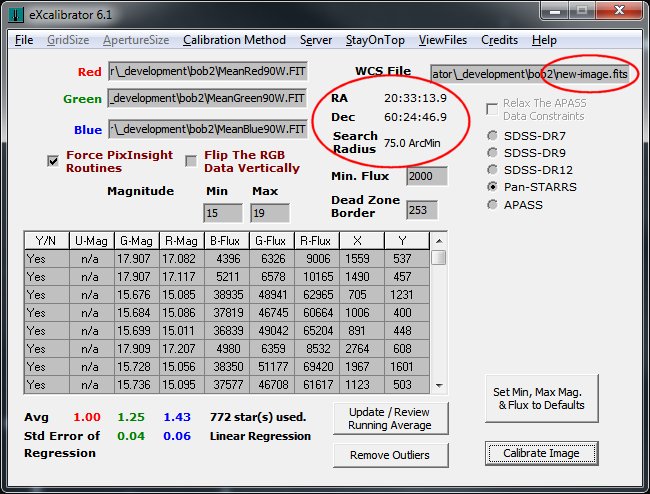

With a hardness rating of 9.0 on the Mohs scale – one step below diamond (10) – it’s almost guaranteed that the glass’ surface will never scratch when bumped against hard surfaces. This is the most desirable type of watch glass, but it’s also the costliest. Some watches also offer a hand-operated wind to recharge the battery when the watch is not in use. Swinging your arm back and forth while wearing a kinetic watch will recharge the battery, and like solar-powered watches, a full-charge can supply more than 6 months of power. Kinetic watches are mechanically much more complex that battery-operated watches. With just a bit of exposure to sunlight every day, the battery will become fully charged which provides upwards of six months of continuous power, even when left in complete darkness. If you’d like to disregard the aforementioned types of batteries altogether, then we’d highly recommend getting solar-powered batteries. If your watch uses alkaline or lithium batteries, you can always swap them out for silver oxide in the future. Of the three, silver oxide is by far the most superior chemical compound to power batteries due to its voltage stability under load. These are the three main types of chemistry used in watch batteries.
#Astrometry watches how to#
Expert Tips: How to Get the Most out of Your Watch Silver Oxide, Alkaline, and Lithium Batteries If you intend to purchase one of the pricier models, then you can rest assured that those watches, when calibrated and treated correctly, will be able to tell the positioning of various bodies in space for several centuries. On the other side, you can find a more complex display which shows different planets, constellations, or specific star clusters. The main face shows the time of day and possibly other simple calculations like the current moon phase or zodiac symbols. Many astronomical watches on the pricier end of the spectrum come with two faces. The more expensive models depict various locations of space objects with true accuracy relative to your or the Earth’s location. They can be cost less than $10 or cost over $300,000. More complex, more expensiveĪstronomical watches vary in price. Without craning your neck upwards, many astronomical watches allow you to see the complex movement of various astronomical bodies and/or objects on your wrist. The following guide is a brief contains brief explanations of what you need to know about planetarium, astronomical, and solar system watches. An increasing number of manufacturers are jumping on the space bandwagon and releasing various types of astronomical wristwatches to satisfy everybody from common astro-nerds to those who need to know everything about our solar system.

There’s really nothing too complicated about astronomical watches. Astronomical Watch Basics – Explained in Less than 5 Minutes Their faces can be as simple as a stagnant picture of a cluster of stars or a real-time depiction of star movement of a certain starry location. These are perhaps the most popular type of astronomical watches. With each passing second, the celestial bodies in the form of beautiful gemstones move the tiniest fraction of a millimeter to show their positions based on the Earth’s positioning relative to the sun. Orbiting Planetsįor the space aficionados who are not limited by costs, an astronomical watch displaying the correct positioning of the planets in our solar system is truly a fashion piece that will draw all eyes. These are a bit on the pricier side but are definitely worth the cost for their intricate designs and accurate display. With each turn of the second hand, the watch shows the positioning of the moon relative to your location with extreme precision. Their faces show a wide range of different astronomical bodies and/or surfaces that are pleasing to the eye but offer nothing else. These are the simplest form of astronomical watches. Astronomical watches typically fall into one of four categories: celestial backgrounds, moon-phase display, orbiting planets, and star positions. They’re all wristwatches at the core, but some are designed to display more than just the time of day. When shopping for the best astronomical watch, you’ll undoubtedly run into several types. Today, we don’t have to have direct our eyes towards the heavens with an astronomical watch, we can see the true-to-life movement of astronomical bodies on the face of watches wrapped comfortably around our wrists.

For centuries, humans have been gazing into the skies in astonishment, trying to figure out how the stars and planets move around us.


 0 kommentar(er)
0 kommentar(er)
